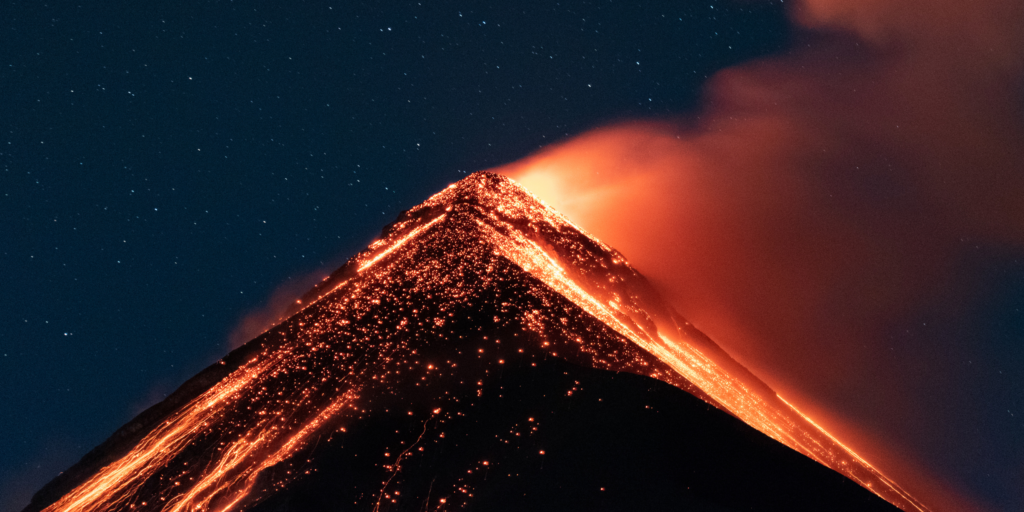EXPLAINER: Types of volcanic eruptions & why you should know them
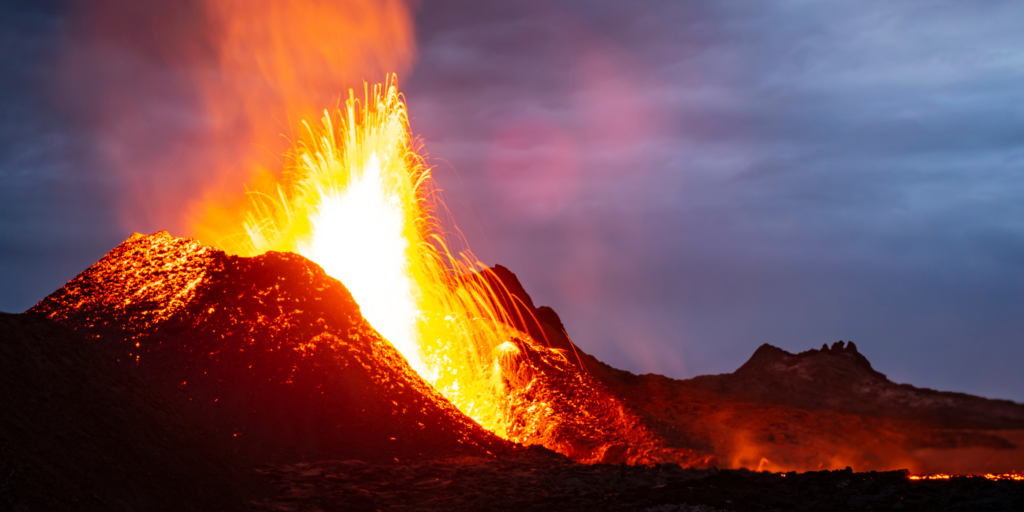
CEBU CITY, Philippines – When Mount Kanlaon erupted on the evening of June 3, photos showing thick, gray ash cloud shooting into the night sky immediately went viral.
It did not take long for the internet to be inundated with images and videos capturing Kanlaon’s wrath. But one video stood out in particular – one that caught the attention of local governments in Negros.
READ MORE: Kanlaon volcano update: Alert level 2 stays as 53 quakes logged
A footage, labeled ‘Mount Kanlaon Pumutok’, showed a volcano spewing lava from its crater.
The terrifying sight may have caused unnecessary panic and hysteria as it prompted officials in Negros to issue a warning that the video was fake.
The eruption in Kanlaon last June 3 did not produce any lava, the Philippine Institute of Volcanology and Seismology (Phivolcs) confirmed.
It was initially reported as phreatic or steam-driven eruption. The one seen on fake videos about the recent volcanic activity was magmatic eruption.
In this explainer, CDN Digital aims to educate readers about the types of volcanic eruptions and why it’s important to know them.
Eruption Type
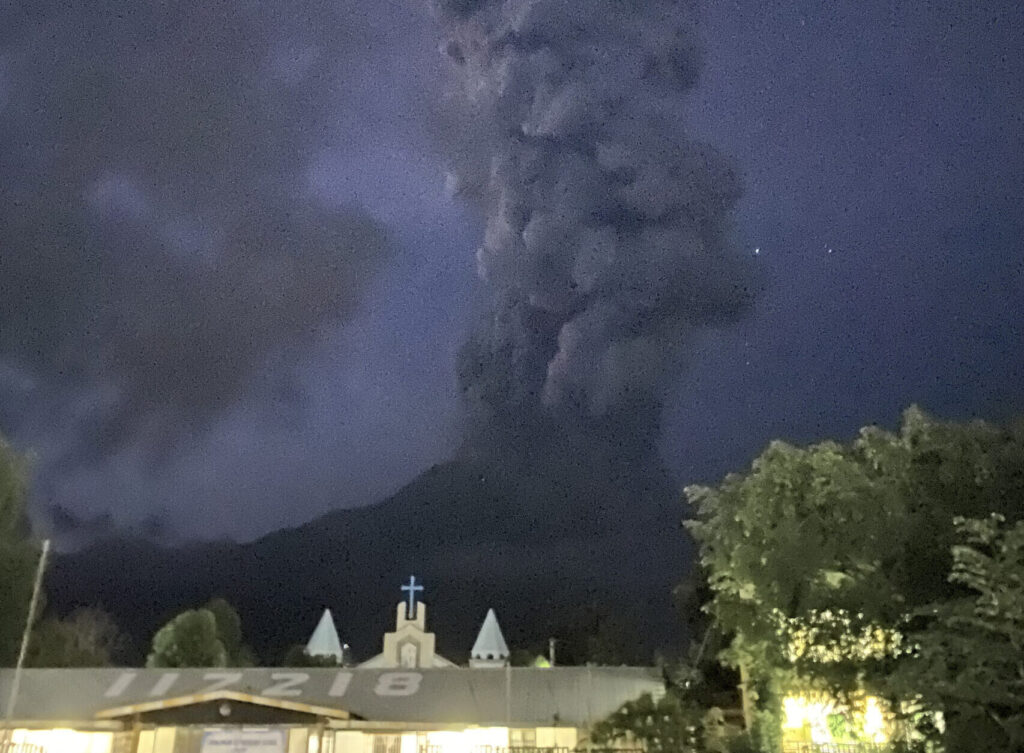
This handout photo courtesy of Dollet Demaflies shows Mount Kanlaon volcano spewing a large plume of ash during an eruption as seen from La Castellana town, Negros occidental province, central Philippines on June 3, 2024. (Photo by Handout / Courtesy of Dollet Demaflies / AFP)
Volcanologists decided to classify the types of volcanic eruptions due to various reasons. These included understanding the nature of volcanoes themselves; hazard assessment and mitigation; and for prediction and monitoring.
They are categorized according to activity, style, and intensity.
In a more general sense, based on an entry from the National Park Service of the United States, types of volcanic eruptions fall into either of the three major categories – magmatic, phreatic, or phreatomagmatic. [1]
Magmatic
This is the most common type of volcanic eruption – like the one shown in the fake videos of Mount Kanlaon’s eruptions – where magma, the molten rock found deep beneath the Earth, erupts and comes to the surface.
Phreatic
A phreatic eruption is a steam-driven explosion that involved hydrothermal processes inside the volcano like groundwater coming into contact with hot rock or magma near the Earth’s surface. [2]
While considered weak, phreatic eruptions can still be destructive and hazardous. They can sometimes trigger small earthquakes as volcanoes forcefully eject rock fragments.
Phreatomagmatic
But when magma directly interacts with water, the resulting process can be violent.
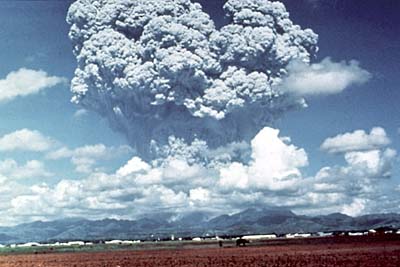
A huge cloud of volcanic ash and gas rises above Mount Pinatubo, Philippines, on June 12, 1991. Three days later, the volcano exploded in the second-largest volcanic eruption on Earth in this century. Timely forecasts of this eruption by scientists from the Philippine Institute of Volcanology and Seismology and the U.S. Geological Survey enabled people living near the volcano to evacuate to safer distances, saving at least 5,000 lives. | Caption and image from USGS.gov
Water that gets superheated by magma can generate immense pressure rapidly when trapped, can further lead to a more destructive explosion that ejects a mixture of fragmented rock, magma droplets, ash and steam. This phenomenon is then classified as a phreatomagmatic eruption.
Activity
Types of volcanic eruptions can also be classified through its activity.
It can be effusive, which is characterized by a relatively calm pouring of fluid lava from the crater and onto the Earth’s surface. Effusive eruptions usually happen when the volcano expels magma with low-viscosity and less gas.
An example of effusive eruptions are those found in Hawaii’s famous volcanoes.
Explosive eruption, on the other hand, occur when more viscous and gas-rich magma releases trapped gases as it rises towards the crater.
Unlike effusive that are calm, explosive – as the term suggests – is a more energetic eruption that often ejects ash, rock fragments and other volcanic materials.
The 1991 Mount Pinatubo eruption is a classic example of explosive volcanism, described Britannica.
Magmatic Styles
Magmatic volcanic eruptions are further categorized to subtypes, in accordance with its intensity – from small lava fountains usually found in Hawaii to destructive ones like the eruption of Mount Vesuvius that buried the ancient Italian city of Pompeii.
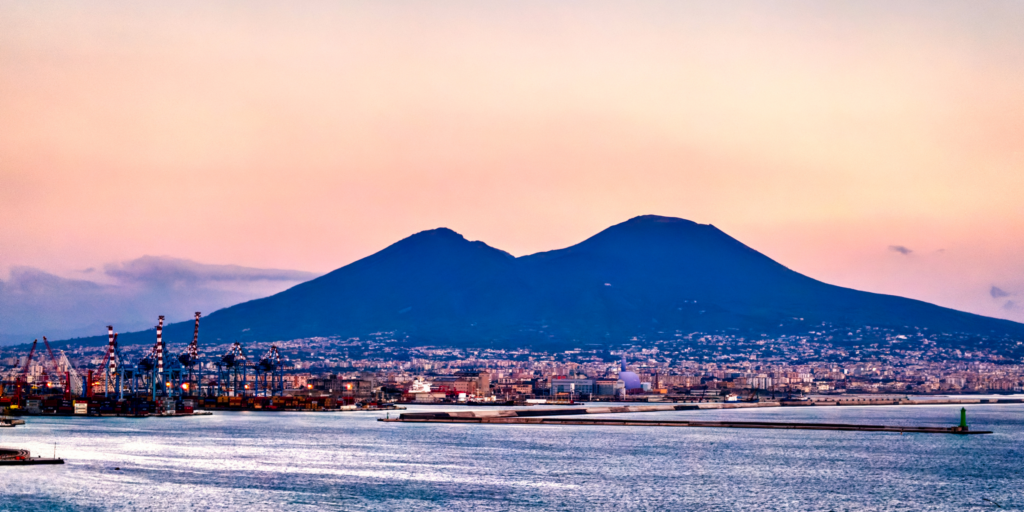
Mount Vesuvius in modern-day | Stock photo
Volcanologists use the Volcanic Explosivity Index to measure the magnitude and intensity of explosive eruptions, on a scale from 0 to 8.
The index is derived from the volume of magma erupted and height of the eruption column.
From weakest to strongest, below is the list of styles of magmatic eruptions.
Kanlaon
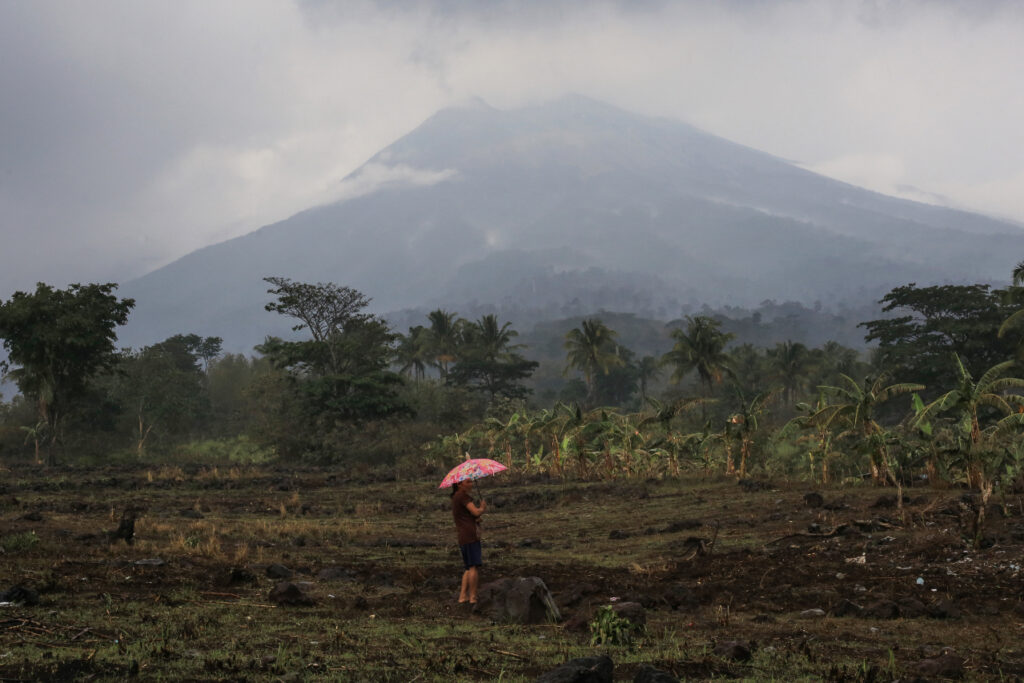
LOOK: A day after the eruption of Kanlaon Volcano, nearby residents harvest their crops and vegetables to prevent the destruction that may result from the ashfall. | via Ferdinand Edralin / AFP
Including the recent one, Phivolcs recorded a total of 43 eruptions in Mount Kanlaon. All of these eruptions are tagged as phreatic except in 1902 when the volcano actually spewed lava.
Regardless the type of eruption, volcanic activities should not be taken for granted. This is why state volcanologists and seismologists consistently remind the public to always stay vigilant and keep away from the four-kilometer permanent danger zone.
Sources
- [1] Eruption Classifications – Volcanoes, Craters & Lava Flows (U.S. National Park Service) (nps.gov)
- [2] Stix, J., de Moor, J.M. Understanding and forecasting phreatic eruptions driven by magmatic degassing. Earth Planets Space 70, 83 (2018). https://doi.org/10.1186/s40623-018-0855-z
Disclaimer: The comments uploaded on this site do not necessarily represent or reflect the views of management and owner of Cebudailynews. We reserve the right to exclude comments that we deem to be inconsistent with our editorial standards.
